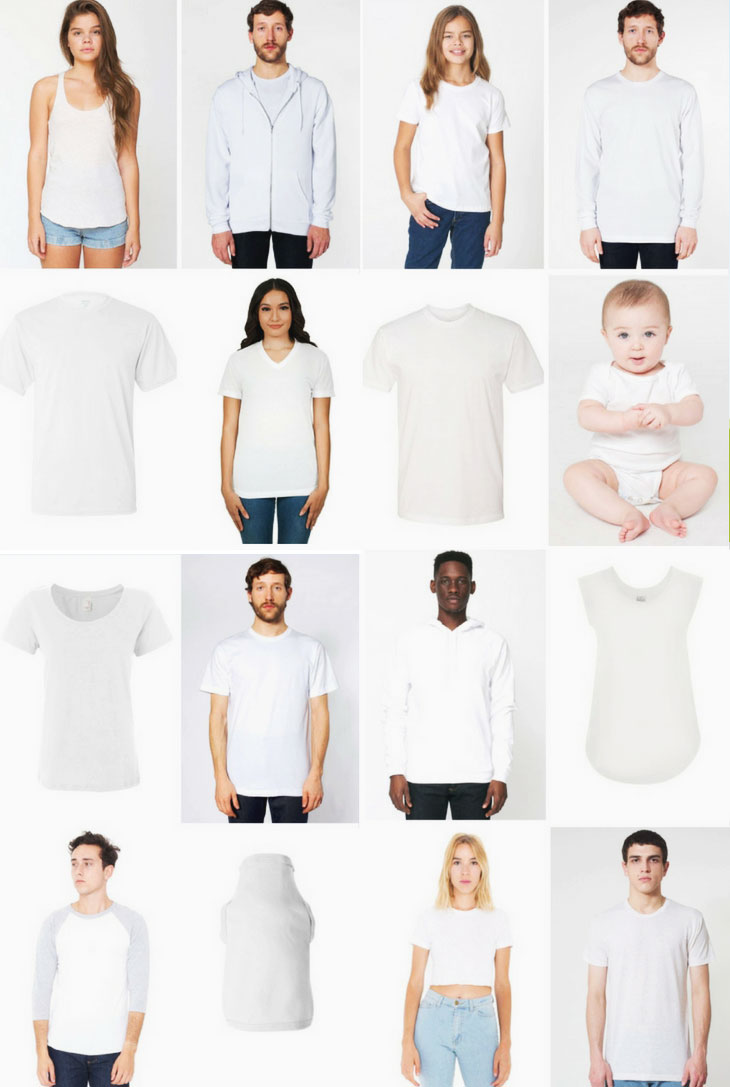These kinds of brand partnerships have become so ubiquitous, we rarely consciously think of them as crossovers.
Whether it’s McDonald’s teaming up with the producers of the latest summer blockbuster, or LEGO offering a limited-edition replica of the Simpsons’ family home, smart brands recognize the benefits of creating shared value — and make a lot of money doing it.
Step 1: Initiate the Partnership
The first step to any successful partnership is identifying a suitable partner.
Consider the retailers who carry (or whom you’d like to carry) your product, and try to find some basis for mutual benefit.
There are many ways to accomplish this, so don’t hesitate to think creatively.
Some basic approaches include seeking retailers who have complementary products or services, similar products or services, or similar customers.
Complementary Products or Services
Can you create an enhanced customer experience by bundling your offerings with your partner’s?
Think of a gas station offering 10% off a partner car wash with every gas purchase, or a wedding venue offering discount floral arrangements through their partner florist.
Both companies experience increased recognition, sales, and customer retainment.
Similar Products or Services
A partnership with a direct competitor might seem like a strange proposition, but this arrangement can easily result in a shared advantage.
Oftentimes, these partnerships involve some kind of large-scale project that the individual brand would be unable to achieve with their resources alone, such as events, large-scale marketing campaigns, or other logistical efforts to enhance the customer experience.
Similar Customers
It can be very advantageous if your partner has a similar customer base that’s largely unfamiliar with your product — a built-in segment of predisposed shoppers to whom you can introduce your line of products.
Ideally, both organizations will benefit from heightened awareness and sales.
Once you’ve done your homework and identified a potential partner, approach them professionally, and knowledgeably — in other words, know exactly what makes their company and customers tick.
Larger retailers often have highly specific protocols for such pitches, so make sure you take note of the process and follow it correctly.
Step 2: Develop a Joint Initiative With Shared Goals
Once you’ve identified your likely partner, consider what your goals are going forward.
Potential goals may include:
- Improving your brand awareness with their customers;
- Increasing sales;
- Offering in-store services to customers; or
- Getting your product on the shelf in the first place.
Once you have the basic outline of your proposal, maintain a strong collaborative working relationship with your retail partner, and dive into the details.
Make sure both parties are sharing relevant data with each other — one of the great benefits of retail partnerships — to optimize your approach to your shared customer base.
Identifying shared goals will help the success of the collaboration from the customer’s perspective — and from yours, as well.
Consistently meeting mutually defined goals will go a long way in ensuring this partnership will remain beneficial — and worth maintaining — for both parties.
Step 3: Test and Measure the Success of Your Efforts
Unfortunately, a retail partnership isn’t the sort of thing you can “set and forget” — it’s vital that both parties stay on top of their data, leaning into the campaign’s successes and tweaking its shortcomings.
All of your traditional marketing best practices will come into play while analyzing your efforts here, with one addition: Make sure that both parties see benefits from your partnership. While it’s easy to slip into old, competitive habits, don’t forget your partner can always turn elsewhere.
Our “Digital Shelf Playbook” can help you create a customized roadmap to meet your growth goals — no matter how far along your brand is on its path to success.



![[Video] How Will ‘Shipageddon’ Impact You This Holiday Season?](https://thegateway.net.au/wp-content/uploads/2021/03/video-how-will-shipageddon-impact-you-this-holiday-season-768x340.png)



